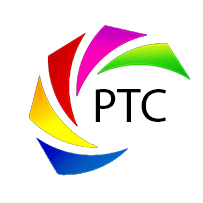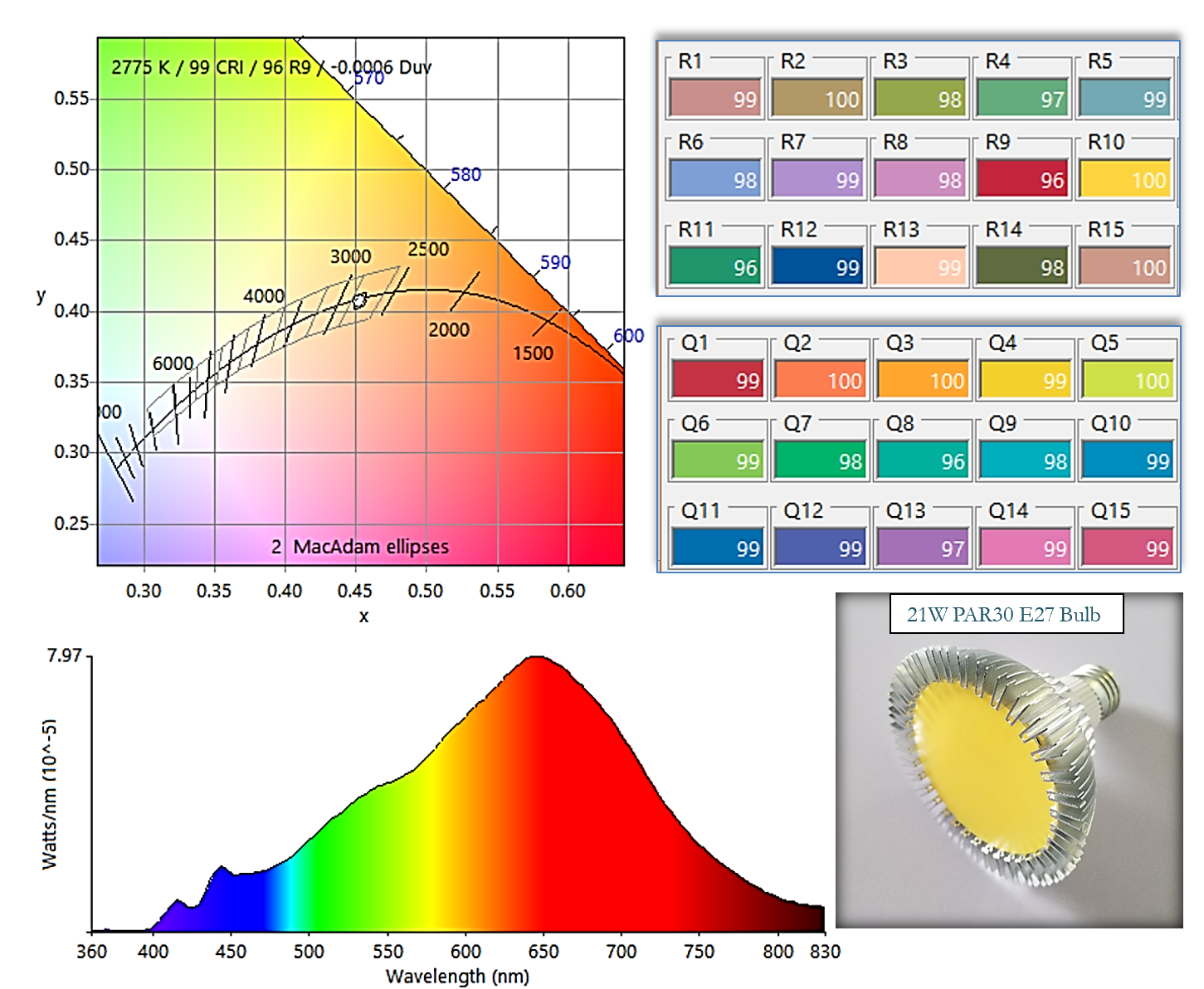What is Solid-State Lighting?
Solid-state lighting or SSL is a type of lighting that uses semiconductor devices and wide bandgap materials to produce light. The semiconducting devices are also referred to as light-emitting diodes. The wide bandgap materials are generally referred to as phosphors. Traditional lighting technologies such as the incandescent bulbs and fluorescent lamps use resistive elements or high voltage discharge in a gas to produce light. Older lighting technologies are generally bulky and built in a glass or quartz bulb. Solid-state lighting devices are compact, rugged, and longer-lasting.
SSLs generally have higher luminous efficacies. They can convert more electricity into light and less into heat, unlike traditional lamps. in phosphor-converted LEDs (pcLEDs), down-converting materials are used to provide high conversion efficiency. They can convert UV/blue to white or longer wavelengths with tunable color emission and high temperature/chemical stability. Most SSL lamps use bulk micron-size inorganic phosphors as the dominant down-converters in high brightness applications. Phosphors can be placed on-chip or remote, as shown below. Nano-crystals, quantum dots and organic light-emitting diodes (OLEDs) are sometimes used in low-brightness lighting and display applications.
All types of solid-state lighting technologies rely on the process of electroluminescence (EL). in EL, photons of light are produced from electron-hole recombination when a current is driven through a semiconducting junction. Additionally, most SSL technologies rely on the process of photoluminescence (PL). PL works by down-conversion whereby a material layer (such as a phosphor) is used to convert higher energy light (UV or blue). Phosphors generally convert high energy light into lower energy (cyan/green/orange/red) and/or broadband white light.

